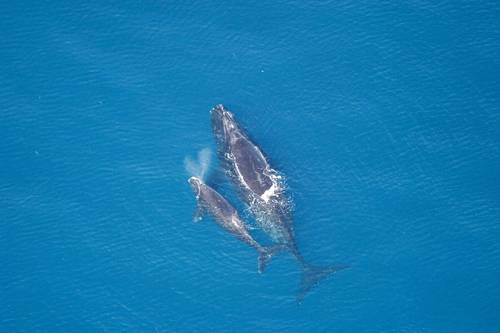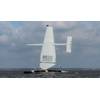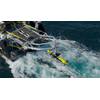BOEM announces Draft Programmatic Environmental Impact Statement for Gulf of Mexico geological and geophysical surveys, recommends strongest practicable safeguards to eliminate or reduce impacts to marine mammals and coastal environments
The U.S. Bureau of Ocean Energy Management (BOEM) today announced the availability of a Draft Programmatic Environmental Impact Statement (PEIS) that recommends strong measures to protect marine mammals and coastal environments in the Gulf of Mexico from the potential impacts of geological and geophysical (G&G) surveys for oil, gas and minerals.
Completion of the draft PEIS was a condition of a federal court settlement between BOEM and the National Resource Defense Council and other co-plaintiffs announced earlier this year.
“BOEM’s recommended approach offers the strongest practicable safeguards in an effort to eliminate or reduce impacts to marine mammals and the environment,” said BOEM Director Abigail Ross Hopper. “We continue to conduct research and monitor the science of this field and work with other agencies and stakeholders to create and maintain the protection of these resources.”
The draft PEIS evaluates the potential environmental impacts of G&G survey activities on marine mammals, fish, corals and other environmentally sensitive species in the seabed and water column of the Gulf’s Outer Continental Shelf. The surveys will inform oil and gas exploration and sand extraction in Federal and adjacent state waters. G&G surveys use various technologies to determine whether areas have high potential for energy development or extraction of minerals, such as sand used for coastal restoration; and to identify potential hazards and environmental concerns.
The G&G activities assessed in the draft PEIS include deep-penetration and high-resolution seismic surveys, electromagnetic surveys, magnetic surveys, gravity surveys, remote-sensing surveys and geological and geochemical sampling.
Among the mitigations BOEM has recommended in its preferred alternative are: requiring protected species observers on each boat, mandatory vessel avoidance of marine mammals and start up/shut down rules that apply if/when marine mammals are observed in the area.
BOEM is the lead agency on this draft PEIS, with the Bureau of Safety and Environmental Enforcement and the National Marine Fisheries Service (NMFS) as cooperating agencies. The PEIS will support both BOEM’s G&G permitting and NMFS’s Marine Mammal Protection Act decision-making for oil- and gas-related G&G. The target date for completing the PEIS is September 2017.
The proposed project area evaluated BOEM's Western, Central, and Eastern GOM Planning Areas as well as adjacent State waters.
The G&G activities provide information about the location and extent of oil and gas resources, bottom conditions for oil and gas, and suitable locations of sand and gravel used for coastal protection and restoration. State-of-the-practice G&G data and information are required for business decisions in furtherance of exploring for and developing offshore OCS oil and gas resources, assessing sites for offshore renewable energy, and locating marine mineral resources.
• 
















 February 2024
February 2024



